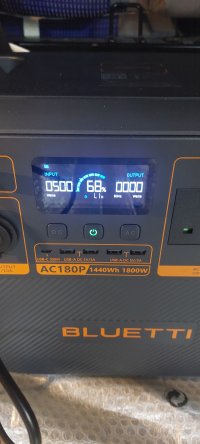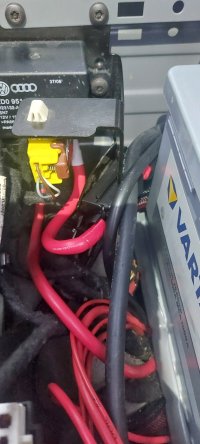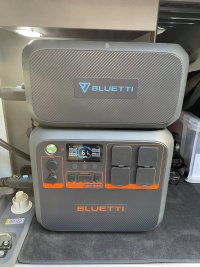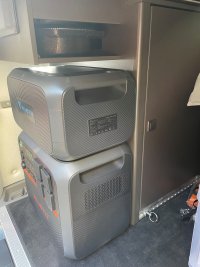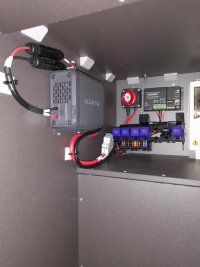B J G
Super Poster
Lifetime VIP Member
Noisier than todays inverter generators plus not as environment friendly. 2ltr engine to power an 80 Amp (ish) alternator?I can,
I'm a bit bemused by some of the answers though, using a double electric hot plate when off grid, when you have a gas hob specifically designed for that seems a bit strange.
Also why carry a generator? I can understand a bigger inverter if you must have a 240v microwave & then rather than a noisy generator just start your engine to top up the batteries.



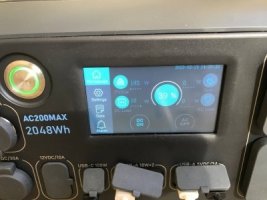
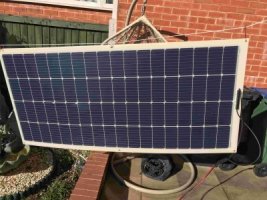
 recepied
recepied 
